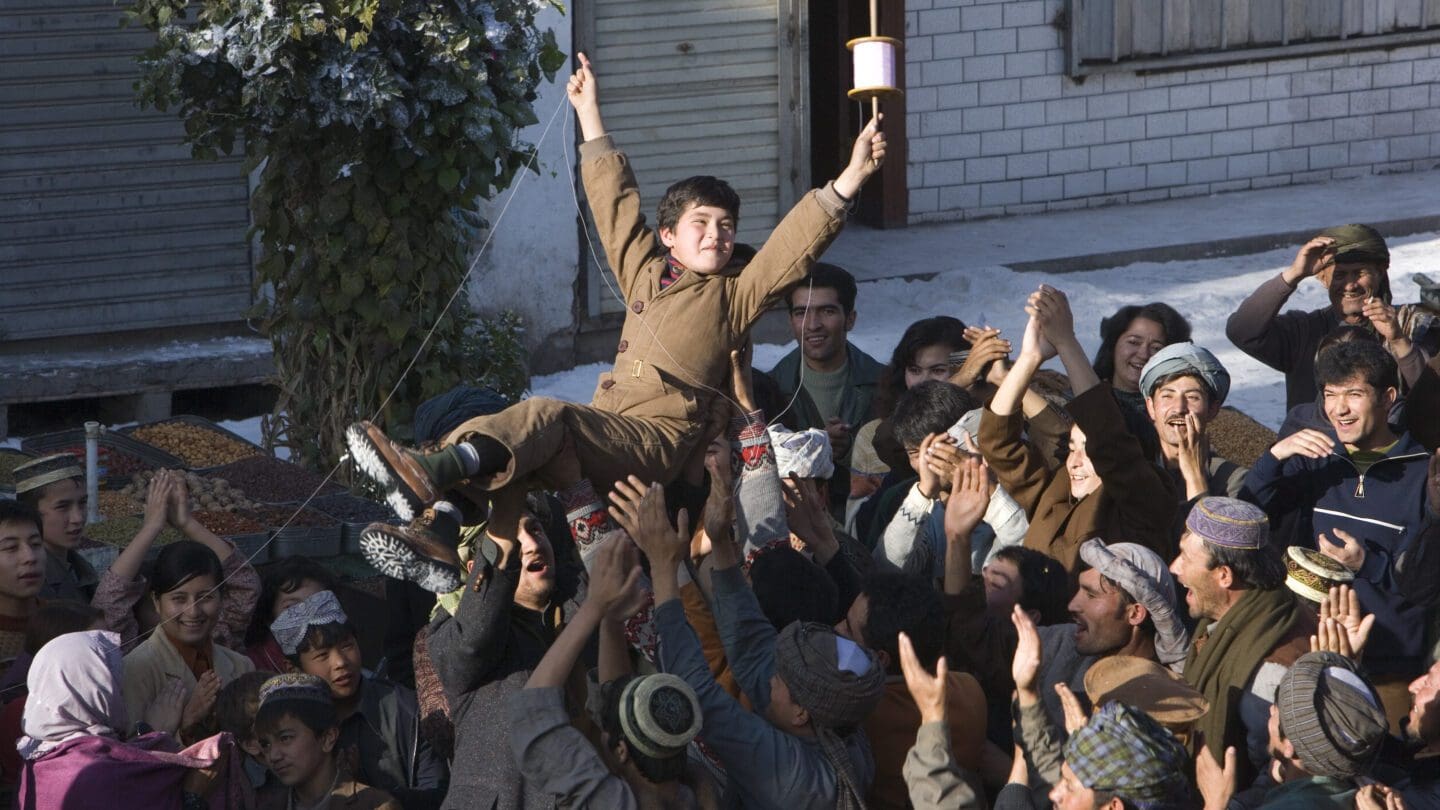The Kite Runner Curriculum
The Kite Runner chronicles the lives of specifically two boys, Amir and Hassan within the politically, socially and culturally charged landscape that is Afghanistan. Hassan, a Hazara, is Amir’s servant, best friend, half-brother and a survivor of an unconscionable discrimination and betrayal. Amir, a Pashtun, is a confused youth who allows emotions, society and privilege to overshadow what he knows is right and wrong. The story is a riveting tale that clearly documents the trials and tribulations of adolescents and their friendships, as well as their ever-changing values and moral systems especially in the face of ethnic conflict, war and social stigmas.
The Kite Runner is one of few films that truly demonstrate both internal conflicts within individuals and countries as well as the external conflicts that affect them. Afghanistan’s multi-ethnic mosaic of citizens allows for a truly memorable tapestry of storylines about fathers and sons, servants, best friends, love, family, loyalty, betrayal, reconciliation, redemption, war, fundamentalism and discrimination.
The film acts as a powerful platform that creates a space to discuss a vast variety of human rights issues. It creates an opening for awareness, dialogue and social action which are three of the most important goals of Amnesty International’s Human Rights Education Program. This surprising story of a young man’s struggle with his family, country and with his own self is so profound and everlasting that its effects and lessons will forever remain with the viewer.
The companion guide for The Kite Runner provides activities and lessons to engage learners in a discussion of issues which seem difficult and complex, such as ethnic diversity, gender inequality, and the interplay between upper and lower socioeconomic and political classes in Afghanistan.




